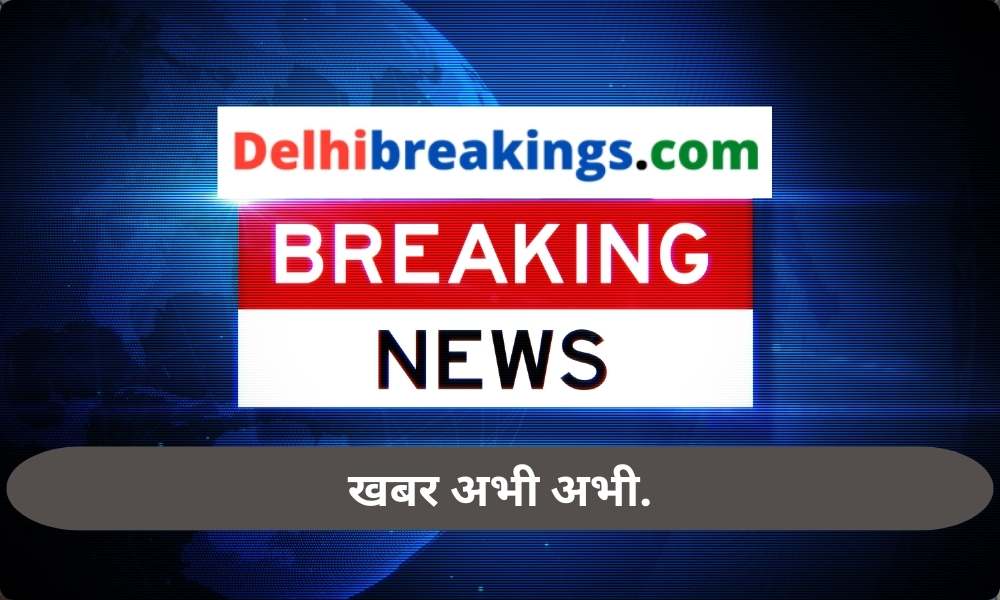Delhi, the heart of India, is a city of contrasts. It boasts a rich historical heritage, a bustling economy, and a vibrant culture. However, it also grapples with a chronic problem that threatens its residents’ health and quality of life – air pollution. Delhi’s pollution crisis has been a long-standing issue, but it has reached alarming levels in recent years, earning it the dubious title of one of the most polluted cities in the world. In this article, we will delve into the causes of Delhi’s pollution and explore potential remedies to combat this pressing issue.The Causes of Delhi’s Pollution• Vehicular Emissions: One of the primary contributors to Delhi’s air pollution is vehicular emissions. The city’s ever-increasing number of vehicles, coupled with unimplemented emission norms, has resulted in a significant release of harmful pollutants into the atmosphere. Diesel vehicles, in particular, emit high levels of particulate matter (PM) and nitrogen oxides (NOx), contributing to smog and respiratory problems.• Industrial Emissions: Industrial sector around Delhi plays a pivotal role in its economy, but it also contributes to pollution. Many industries still use outdated technology and lack proper pollution control measures. This leads to the release of toxic chemicals and particulate matter into the air, worsening air quality.• Construction Activities: Rapid urbanization and construction projects are a common sight in & around Delhi. While these developments are essential for the city’s growth, they also generate dust and pollutants that affect air quality. Unregulated construction practices exacerbate the problem.• Agricultural Residue Burning: Every year, during the post-harvest season, the practice of stubble burning in the neighboring states of Punjab and Haryana results in a massive influx of pollutants into Delhi’s air. This adds to the already hazardous levels of pollution.Remedies for Delhi’s Pollution• Improved Public Transportation: Investing in efficient and eco-friendly public transportation systems, such as electric buses and metro networks, can reduce the reliance on personal vehicles. Promoting the use of bicycles and walking can also help ease traffic congestion and lower emissions.• Stringent Emission Standards: Enforcing stricter emission standards for vehicles and industrial units is crucial. Encouraging the adoption of electric and hybrid vehicles can significantly reduce air pollution.• Green Infrastructure: Increasing the city’s green cover through tree planting and creating green spaces can help absorb pollutants and provide cleaner air. Green rooftops and vertical gardens in urban areas can also mitigate pollution.• Public Awareness: Educating the public about the adverse effects of pollution and the importance of sustainable practices is vital. Campaigns promoting air quality monitoring and encouraging citizens to reduce their carbon footprint can make a difference.• Waste Management: Efficient waste management practices, including waste segregation and recycling, can reduce the burning of garbage, which contributes to air pollution.• Regional Collaboration: Cooperation with neighboring states to address issues like stubble burning and regional air quality management is essential. Developing sustainable agricultural practices and incentivizing farmers to avoid crop burning can mitigate this problem.Delhi’s pollution crisis is a complex and multifaceted issue that demands immediate attention and concerted efforts from all stakeholders – the government, industries, and citizens alike. While there is no single solution, a combination of measures, such as promoting green transportation, enforcing emission standards, and raising public awareness, can pave the way for a cleaner and healthier Delhi. Only through collective action can Delhi hope to breathe easier and preserve its status as a vibrant and livable city.By:Sanjay Saxena
Providing most accurate Delhi NCR, National and Stock Market, Automobile stuffs since 2014. Experience in Journalism with 12 Years and Awarded by 4 Journalism HONORS in career. Putting best effort to provide most reliable news point.
More by Delhi Breakings




